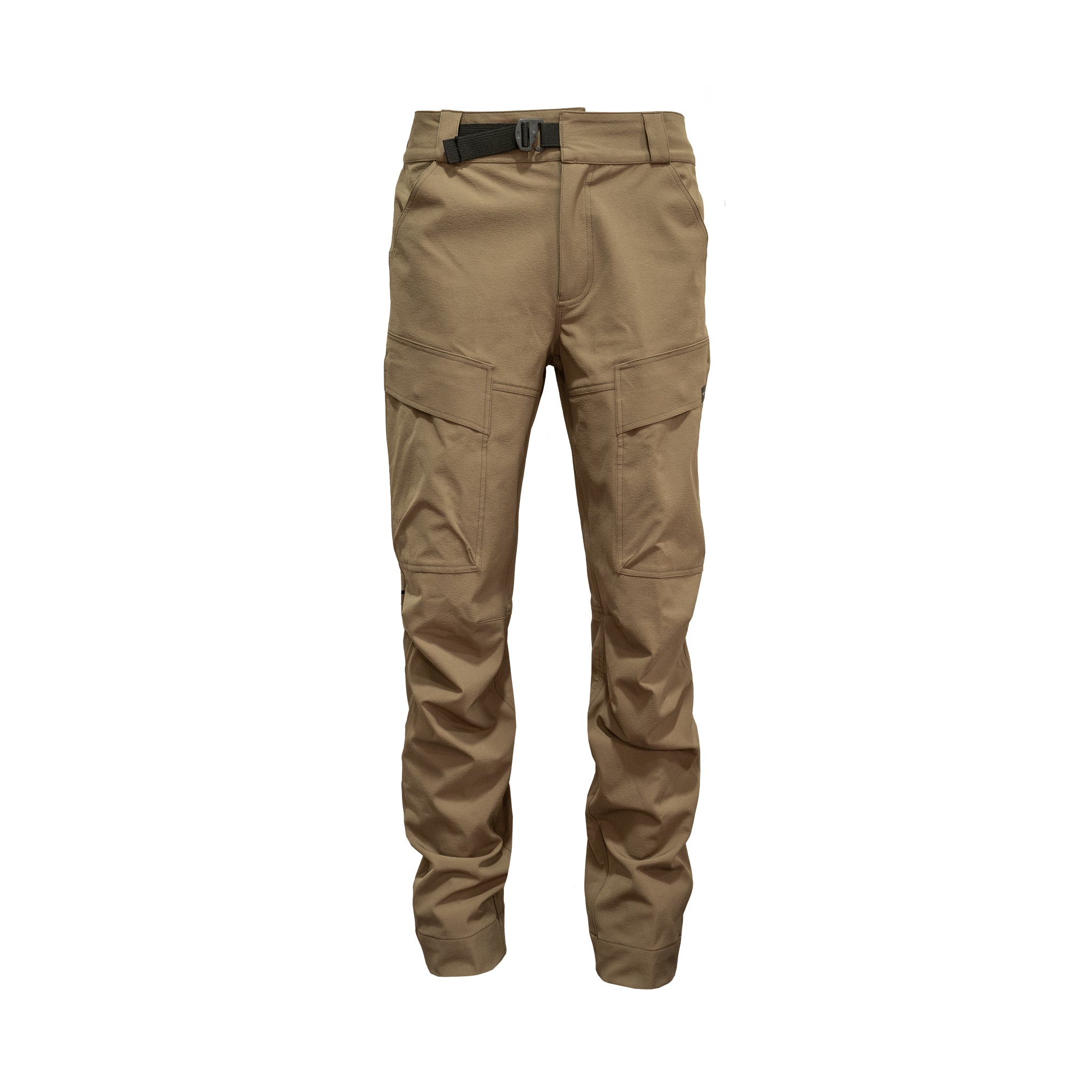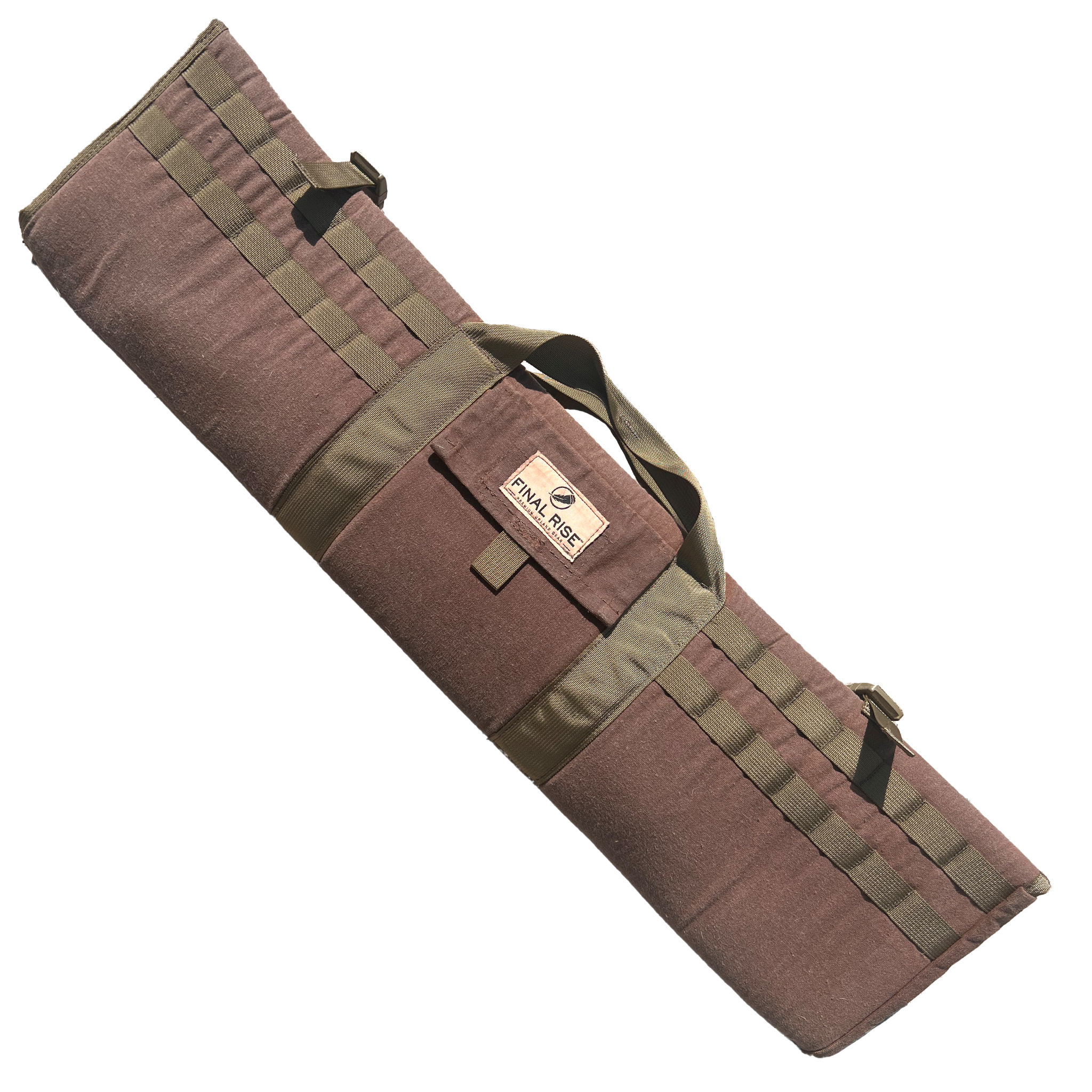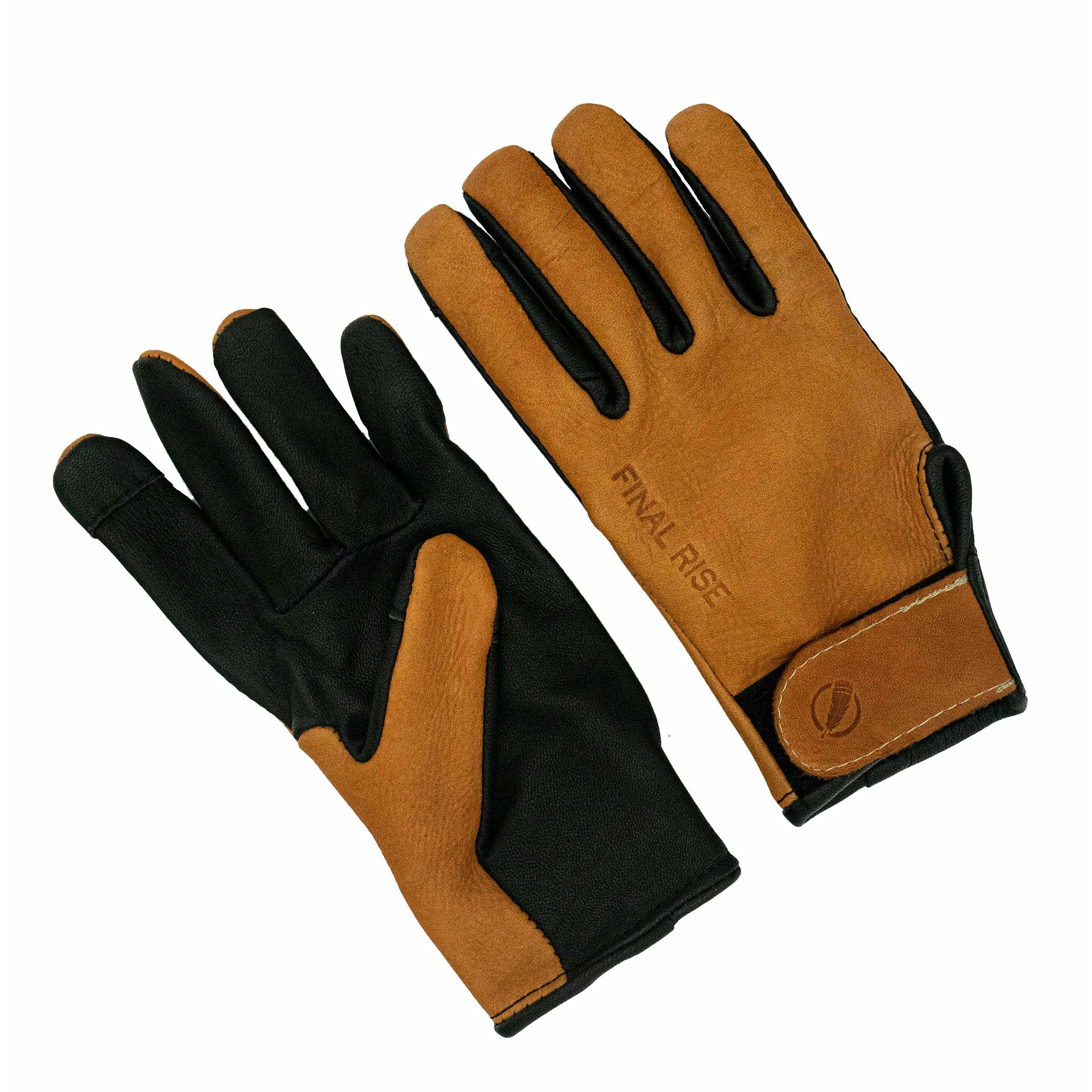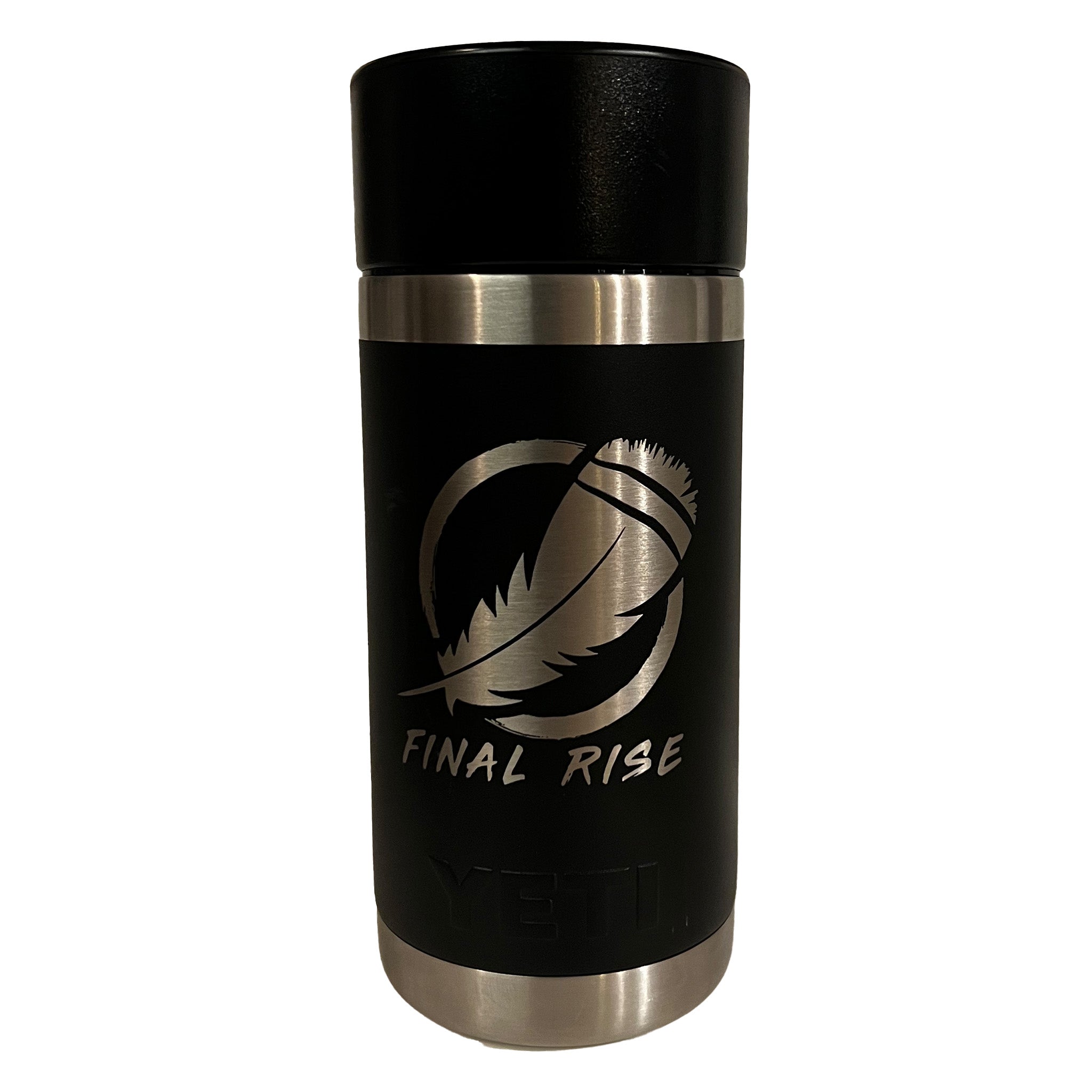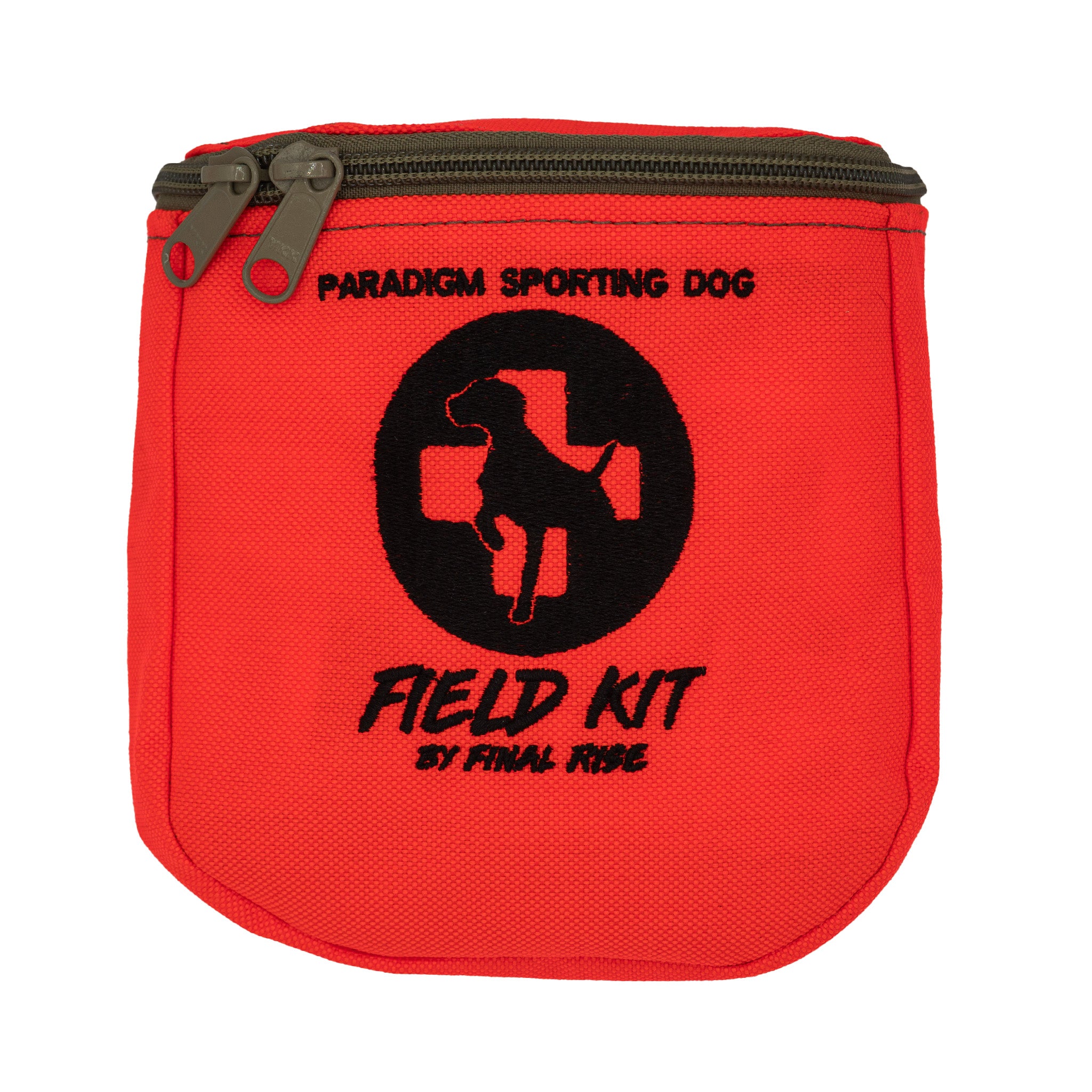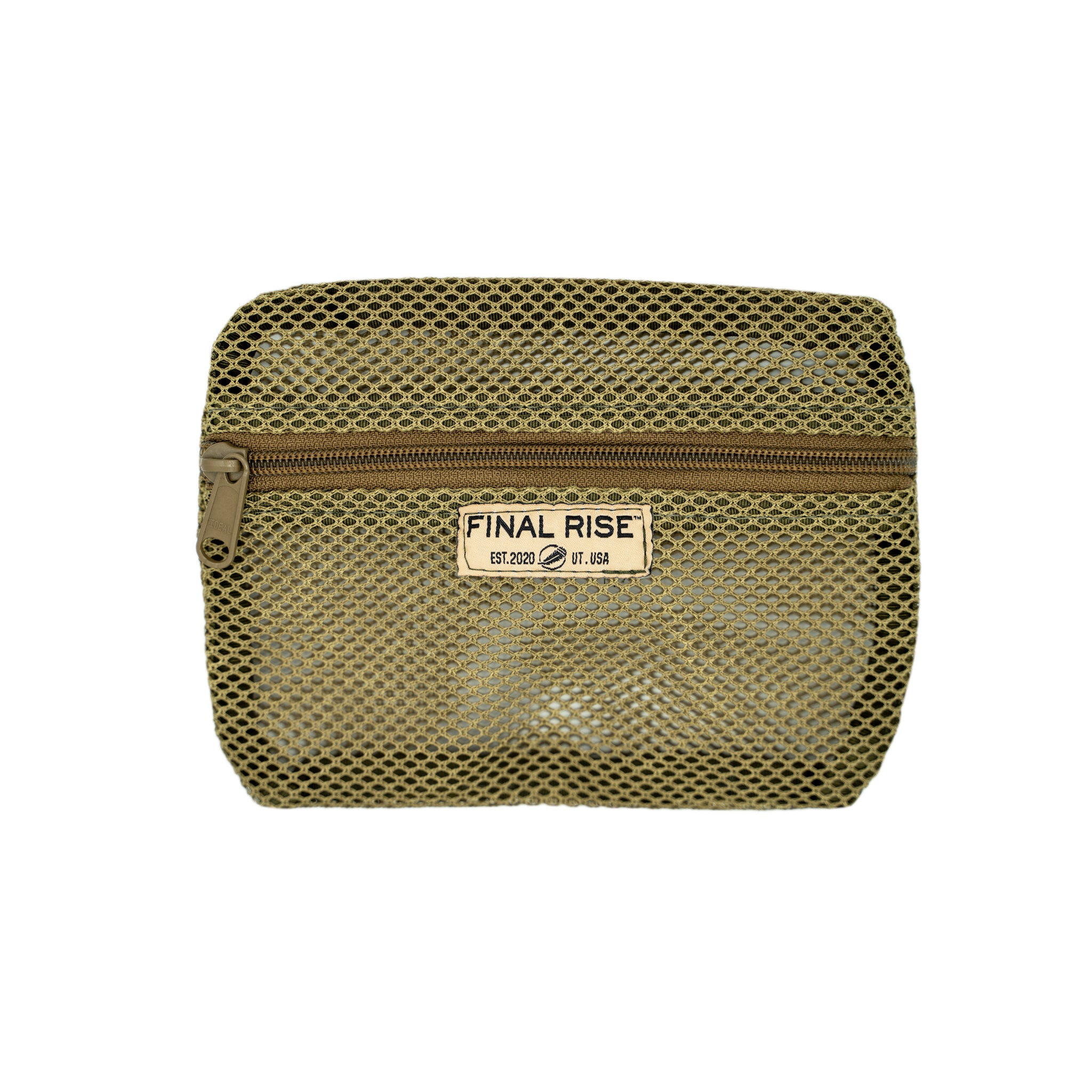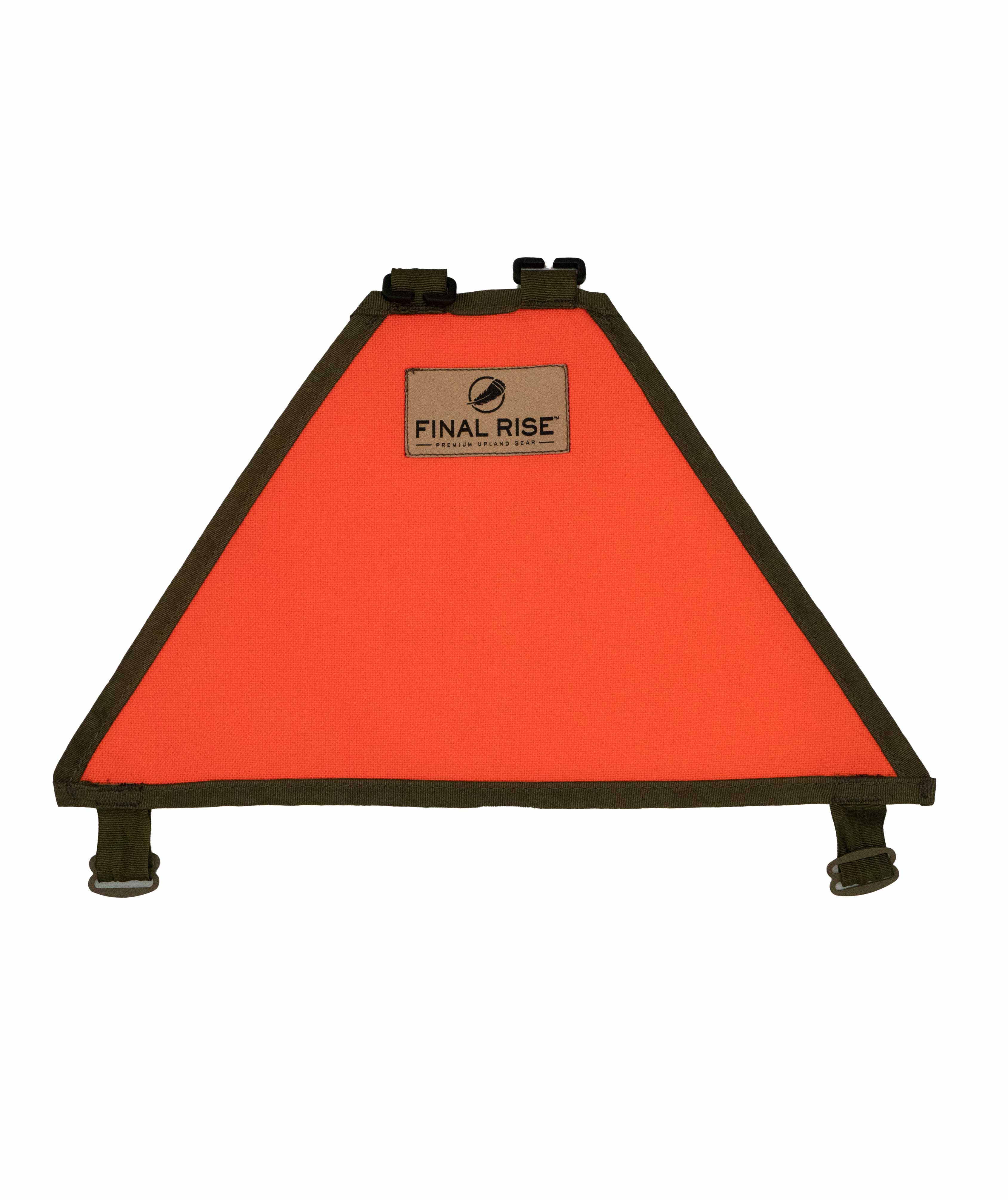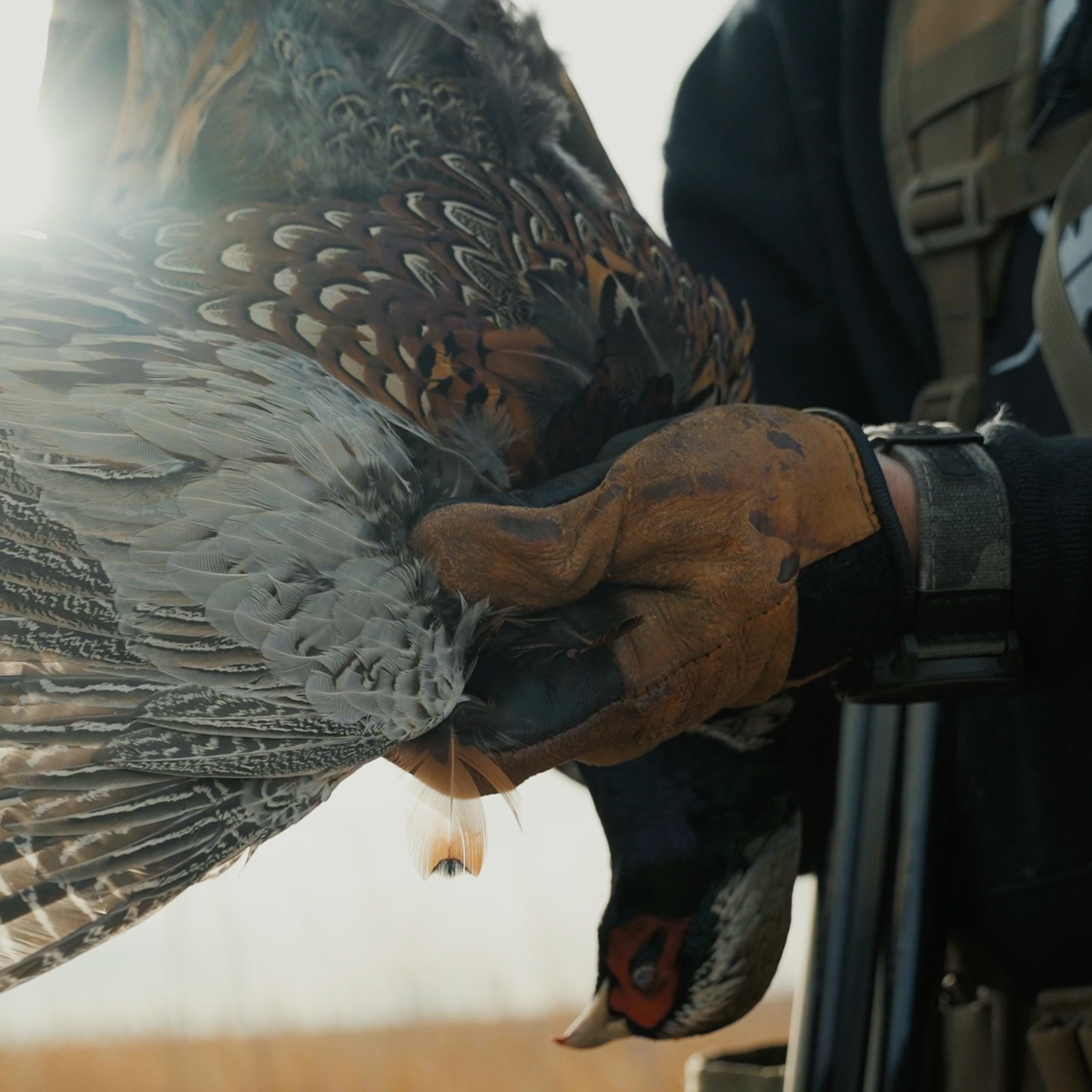
Why I Shoot 7.5s for Upland (and Why You Might Want To Too)

In a world of modern shot-shells and endless choices, hunters often ask: “What size shot do you shoot?” To save you the rambling answer — I shoot 7.5s for nearly everything. If you disagree, that’s cool. If you want to know why, read on.
While most of my hunting is in subgauges — primarily 28 gauge — I also carry a 20 gauge side-by-side for some days in the field. My usual load: 7/8 oz of shot. Although these payloads are optimized for subgauges, the same principles apply to 16 and 12 gauge guns — in some ways they make even more sense for larger gauges.
Before we continue: sure, you can kill a bird with nearly any shell, choke, or shot size. But if you want to improve your hit rate and produce cleaner kills, the strategy below will help.
Two truths about wingshooting
-
A shotgun is not a rifle — you don’t need pinpoint single-pellet accuracy every time.
-
It only takes a handful of pellets in the right place to ethically take a bird on the wing.
Because of these truths, I aim for the most forgiving combination of payload, shot size, and choke that suits my hunting style: dogs, 20–30 yards typical range, and quick, ethical kills.
What creates forgiveness in a shotgun pattern?
Two things:
-
Pattern density — how many pellets are in your pattern
-
Edge-to-edge distribution — how evenly pellets cover the target area
To dial both in you must pattern your gun with the shells and chokes you plan to use. (If you don’t already pattern, make time — it’s the single best habit to improve field success.)
Pattern Density - The Numbers don't Lie.

Using this chart, found at http://shotshell.drundel.com, we'll use simple math and data to further our logic.
For a typical 7/8 oz load:
-
7.5s ≈ 306 pellets
-
6s ≈ 197 pellets
That’s roughly a 55% increase in pellet count for 7.5s versus 6s at the same payload. More pellets = higher pattern density = greater forgiveness when the shot is slightly off.
If you could increase your chance to bag a bird by >50% just by changing shot size, would you do it?
Edge-to-edge distribution: close the gaps
High pellet count only helps if pellets are evenly distributed. That’s where choke choice and patterning come in:
-
Think about your typical shot distances: 20–30 yards for pointing dogs; 40–50 yards might happen with flushing breeds.
-
Test shells at those distances with the chokes you carry. A 30" circle at target distance is a common patterning standard (but any consistent target surface works).
-
Look for even dispersion with no big gaps or central holes.
In my doubles (OU/SxS), I usually run cylinder or skeet in the first barrel and improved cylinder in the second. I also carry a modified tube on my vest — if birds are spooky or pressured I swap quickly.
Practical patterning steps (quick)

-
Choose the shell(s) you hunt with (e.g., 7/8 oz 7.5s).
-
Pick 2–3 chokes you might use.
-
Shoot 3–5 rounds at your typical distances onto a 30" target.
-
Count pellets inside the circle or visually inspect distribution.
-
Choose the shell/choke combo that gives even coverage and the highest pellet count where the bird will be.
Final takeaways
-
7.5s give a large pellet count and more forgiveness at typical upland distances — that’s why I use them.
-
Pattern your own gun — charts help, but real results come from live testing.
-
Use choke choice to tune edge-to-edge distribution without changing shot size/payload.
-
If you mostly carry a 16/12 gauge, evaluate 6s — but remember pellet count and distribution still rule.
Good hunting and stay safe — see you in the field.
— FINAL RISE

